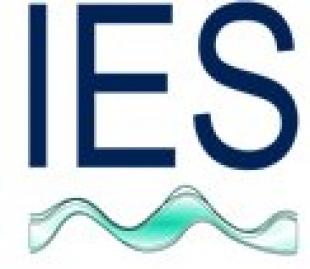Location:
Classroom 9, Fleeming Jenkin Building, The King's Buildings
Date:
Speaker: James Robertson
Title: Real-Time OPF Techniques to Improve Integrations of DG in Active Networks
Abstract: The integration of Distributed Generation (DG) is restricted by the technical limitations of the passively managed low voltage infrastructure. Long lead times and the capital expenditure of traditional electricity network reinforcement can significantly delay or make the economics of some renewable generation schemes unviable. To be able to quickly and cost-effectively integrate significant levels of DG, the conventional fit-and-forget approach will have to be evolved into a ‘connect-and-manage’ system using active network management techniques. ANM considers the real-time variation in generation and demand levels and schedules electricity network control settings in real time to alleviate system constraints and increase connectable capacity of DG. This seminar will discuss new formulations of Optimal Power Flow (OPF) to prescribe in real time appropriate network control settings to maximise the system-wide energy yield and network benefit from renewable DG.
Bio: James Robertson is a Research Associate within the Institute for Energy Systems. He obtained his Master’s degree from The University of Edinburgh in 2010 and has just completed his PhD studies. He is currently working on the ARIES research programme which is developing a comprehensive risk framework to assess the resilience of the UK energy system to climate change. His research interests include network integration of distributed energy resources and active distribution networks.
Speaker: Xiaoyun Rong
Title:Multi-terminal MVDC/HDVC Networks for Wind Farms
Abstract: Wind power is a renewable energy source which has vast potential for further development as it is featured as pollution-free and plentiful. However, wind turbines also have negative consequences for the environment (in particular visual impact). Therefore, wind power bases should be built away from centres of population, and in particular offshore where the wind speeds are higher and more consistent. As is known, most of the electric energy is consumed in cities, so one needs to find a way to transfer the energy long distances efficiently. HVDC transmission lines/cables are often appropriate when wind farms are built more than about 80km from the shore.
The reason why we come up with the idea and do the research on Multi-Terminal is because both the wind turbines and VSC's capacity is limited due to the limitations on IGBT and capacitors rating, while Multi-Terminal HVDC system can extract and deliver power from and to more than one connection point.
This presentation will give a brief introduction about the Multi-Terminal HVDC for Wind Farms and will be very easy to understand --- for those who do not have electrical background at all.
Bio: Xiaoyun Rong began her undergraduate study at the University of Edinburgh in 2011 and graduated in 2013. Now Xiaoyun is a Second Year PhD student in IES, working on the power generating part of the prospective Multi-Terminal HVDC system under the guidance of Dr Ewen Macpherson and Dr Jonathan Shek.
The seminar Team would like to thank the Engineering Graduate Society, EngGradSoc for their support of this seminar series




